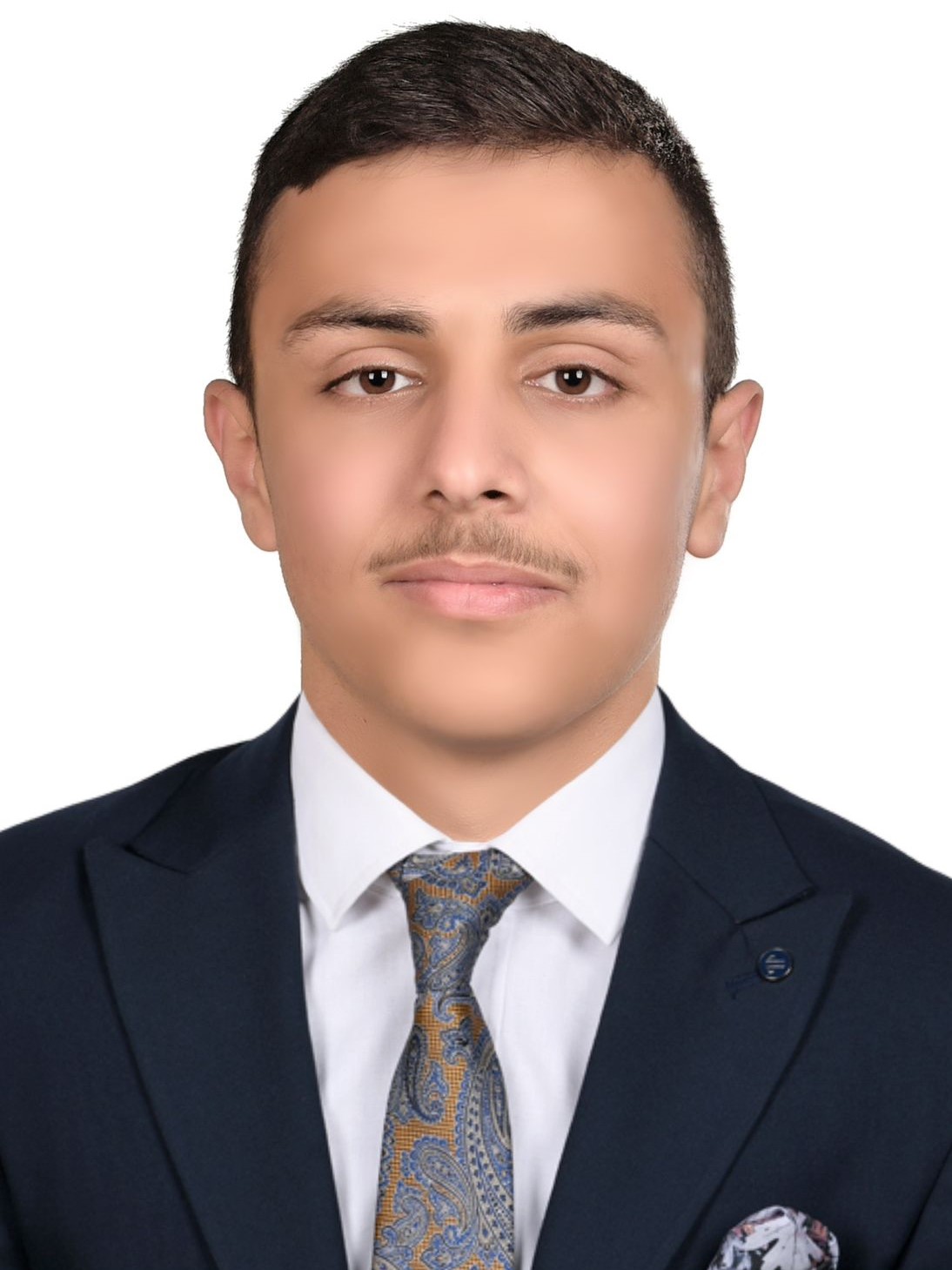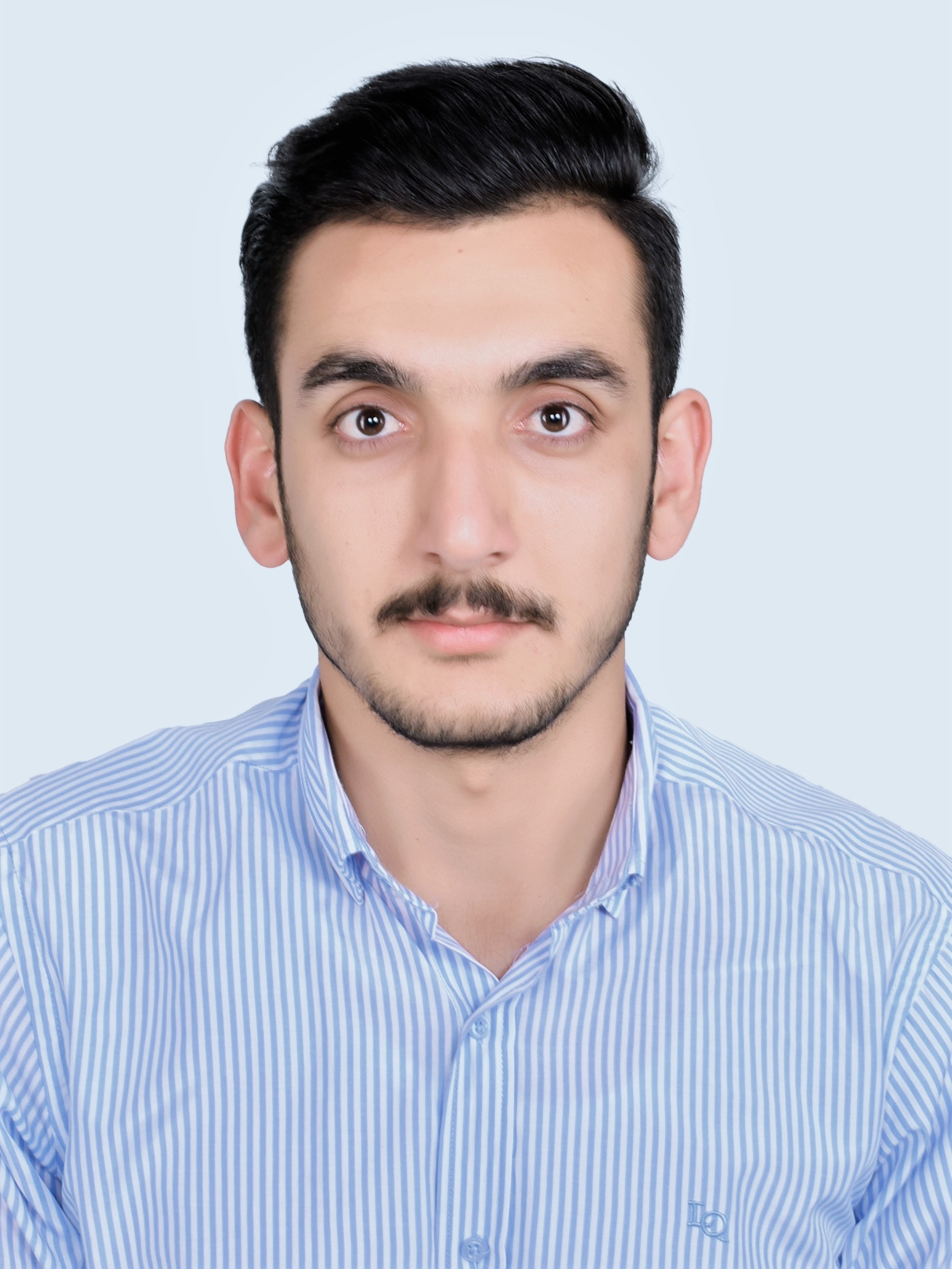Electronic and Communications Engineering
Undergraduate
Distribution of undergraduate students according to years
Distribution of undergraduate students between the two genders
1st Year

Yousif Saad Muneer Majeed
3rd

Muslim Dhiaa Hussein Majeed
2nd

Mawaddah Natiq Mohammad Barak
1st
2nd Year

Taha Usamah Younis Sabaa
3rd

Harith Ghani Ibrahim Ali
2nd

Zainul-Abideen Heider Mohammad Saeed
1st
3rd Year

Rusul Ali Qasim Nassir
3rd

Bashar Ahmed Ismail Khalil
2nd

Ali Sadiq Abdul-Nabi Ghazal
1st
| Year | 1st | 2nd | 3rd |
| 2010-2011 | Muhannad Khairallah Malik | Akram Jabbar Abdul Hussein | Muhannad Ghazi Khamis |
| 2011-2012 | Omar Bahaa El-Din Abdel Razzaq | Ahmed Alaa Hamoudi | Hassan Abdul-Hadi Ali |
| 2012-2013 | Ali Fouad Jumaa Laibi | Taiba Salem Muhammad Abdul-Razzaq | Aya Falah Mahmoud Abdel Reda |
| 2013-2014 | Ahmed Raed Nasser Abdel Amir | Maryam Karim Nour Mohsen | Amna Imad Saleh Zidane |
| 2014-2015 | Mahmoud Mohamed Saeed Abdul-Majeed | Ahmed Maher Mustafa Atallah | Taif Mahdi Sukkar Ghadheeb |
| 2015-2016 | Omar Ghanem Murad Jamil | Amjad Samir Wadi Khamis | Ali Sattar Ali Hussein |
| 2016-2017 | Anmar Hassan Jawad Hassan | Israa Hadi Jaafar Hadi | Ali Hussein Ameen Mustafa |
| 2017-2018 | Yasser Ammar Muhammad Shehab | Bahaa Mahmoud Ibrahim Madhan | Ali Makki Hussein Shathir |
| 2018-2019 | Ahmed Hussein Mohamed Ahmed | Suzanne Khaled Ali Muhammad | Tamara Ismail Mahmoud Ibrahim |
| 2019-2020 | Nour Essam Kazem Hammadi | Ban Yasser Hashem Naeem | Zainab Amir Askar Qaiser |
| 2020-2021 | Dania Ali Sabry Abdul-Jabbar | Ahmed Hassan Nima Hassan | Muhammad Safaa Shaker Tawfiq |
| 2021-2022 | Mina Fadel Hassan Abd | Haider Samir Khudair Abbas | Omar Hussein Youssef Ibrahim |
Students are admitted for undergraduate study in the Department of Electronic and Communications Engineering which is graduated from the secondary school for the scientific branch and its biological and applied branches, which prepares these students to obtain a bachelor’s degree in Electronic and Communications engineering, which enables them to enter the labor market by this certificate.
- Ability to apply knowledge in mathematics, science, and engineering.
- Ability to design and conduct experiments, as well as analyze and interpret data.
- The ability to design a system, component, or process to meet desired needs.
- Ability to work within multidisciplinary teams.
- Ability to identify, formulate and solve engineering problems.
- Understand professional and ethical responsibility.
- Ability to communicate effectively.
- A broad education is necessary to understand the impact of engineering to find solutions in a global and societal context.
Minimum admission limits for the academic year 2023-2024:
- Applied branch: 90.95
- Biological branch: 95.71
